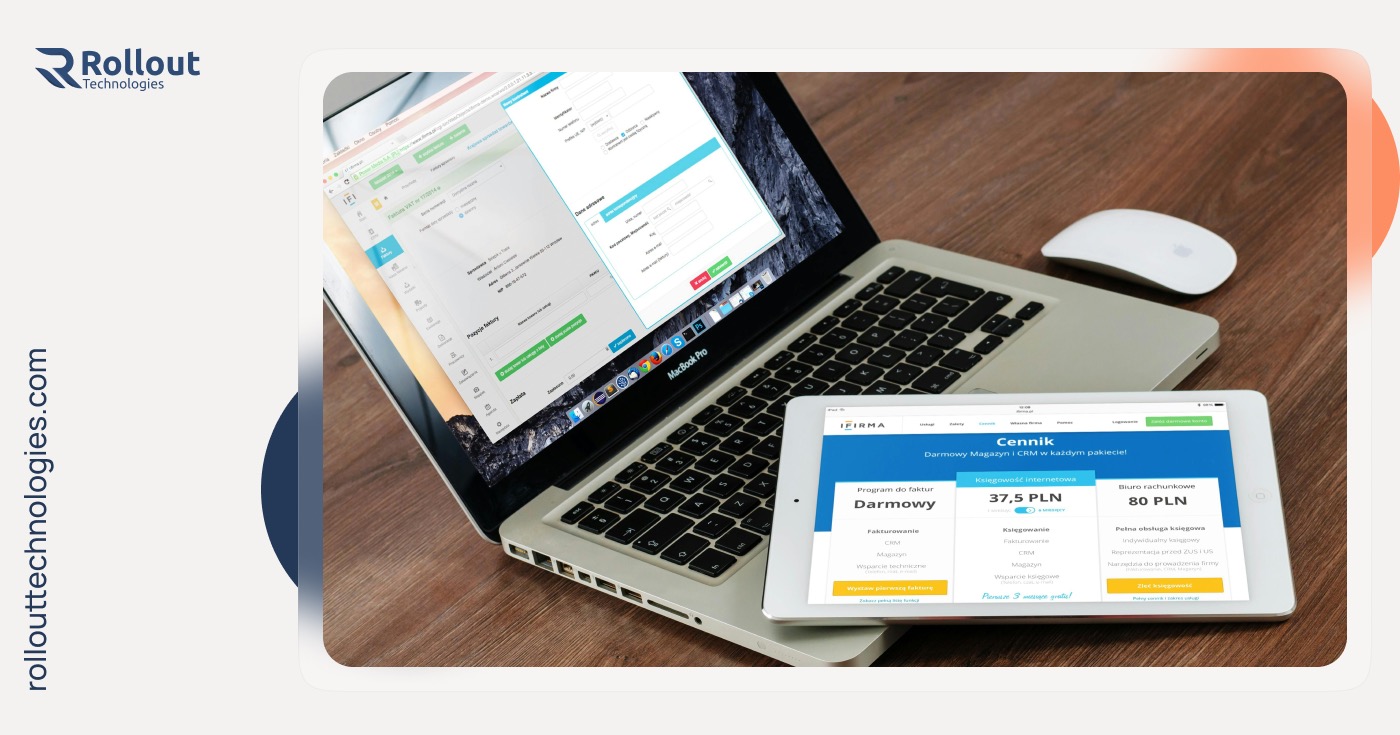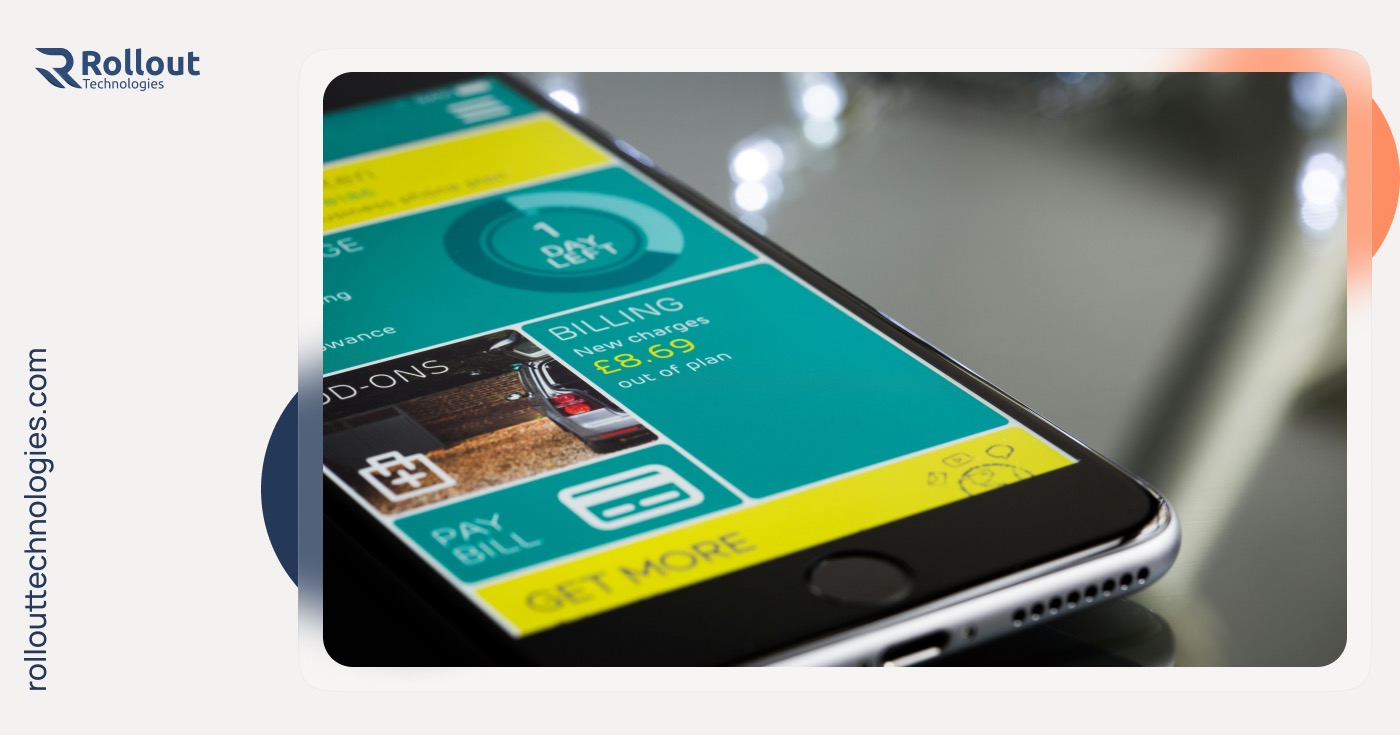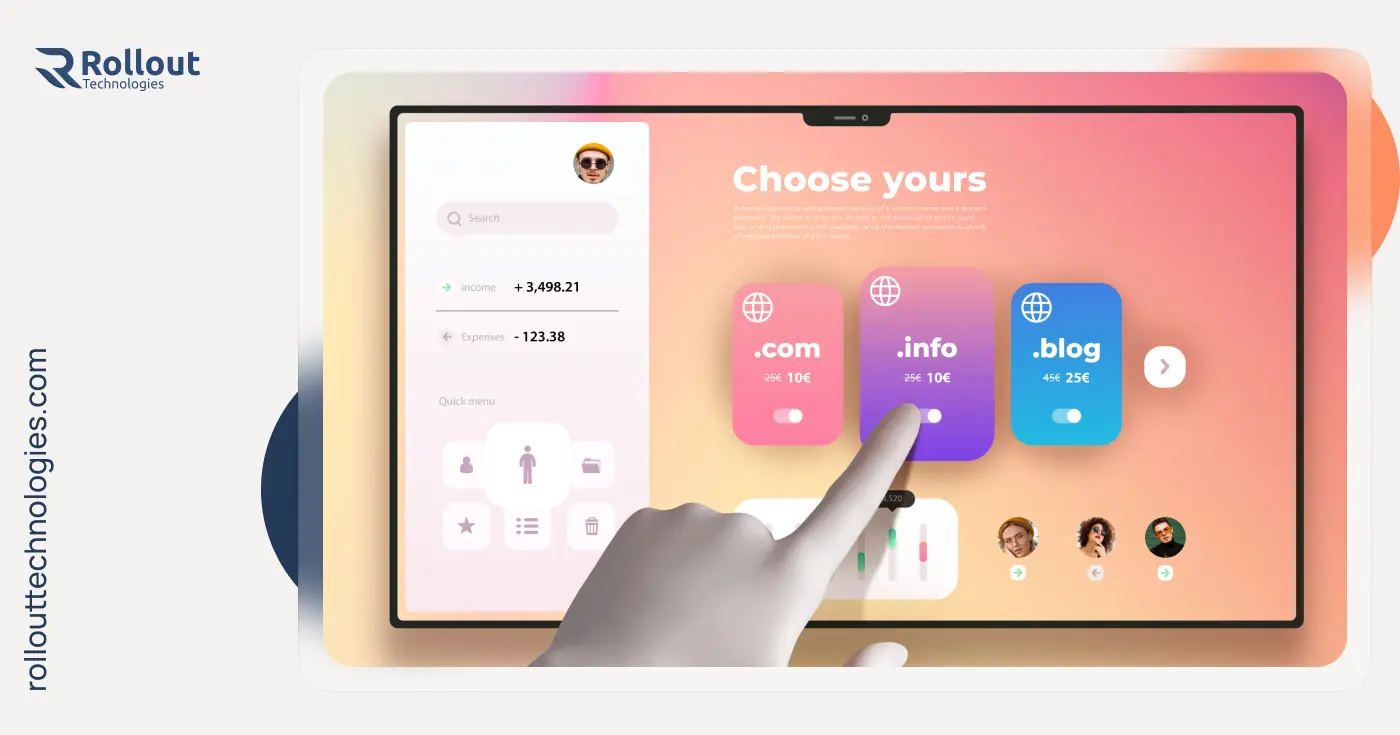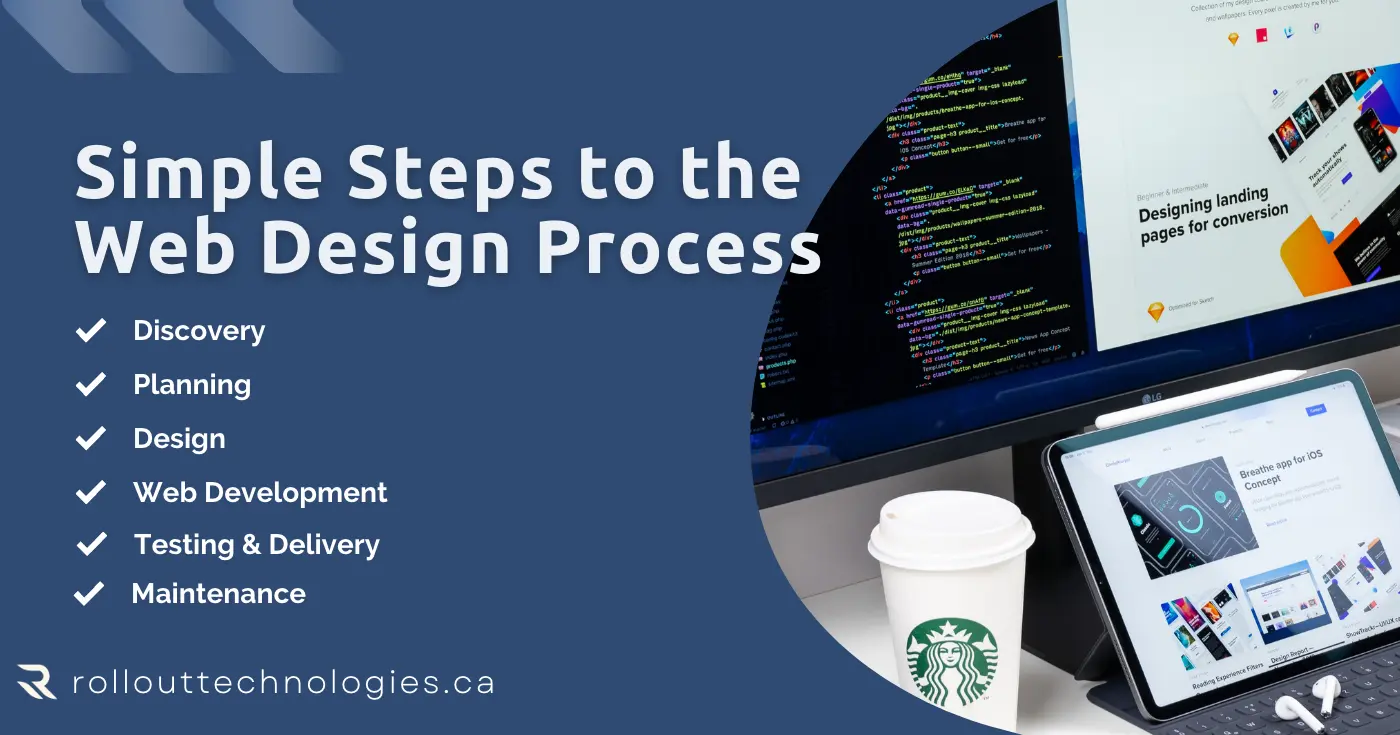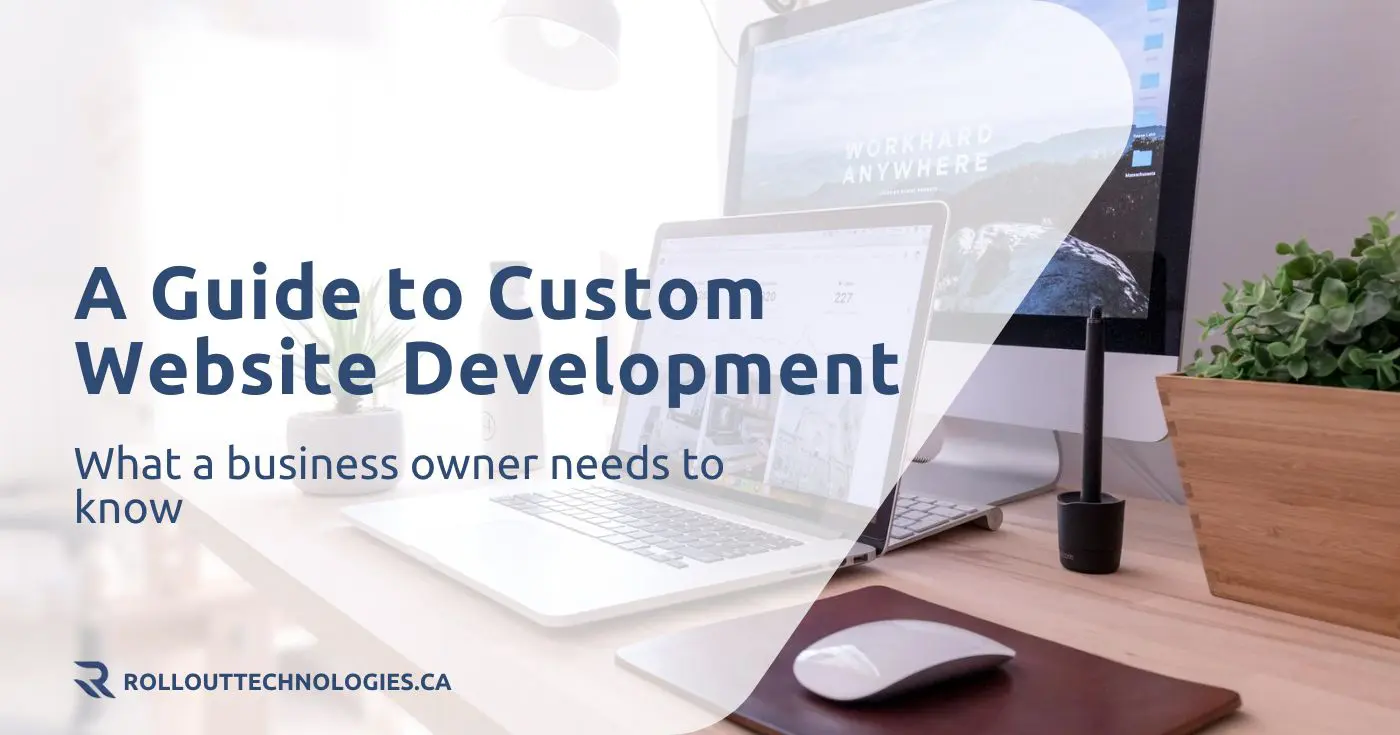According to a recent report by Statista, the Google Play store may hit a whopping 143 billion downloads by the end of 2026, a nearly 30% increase from 2021. And Apple’s App Store isn’t behind either. With an expected downloads increase of 15%, the App Store can have 38 billion downloads too.
Now this is a clear sign that the mobile app market is growing massively. With more and more people shifting to mobile apps for completing their day-to-day tasks, now seems to be the best time to create your first mobile app as a business.
However, getting the first mobile app developed for your business may not be that simple, especially if you are new to this. Several factors need to be considered which ultimately decide the overall look of your mobile app development project and the final product produced.
In this mobile app development guide, we have listed some crucial points, terms, and processes that you ought to know as a business owner, to ensure you get a fair idea of mobile app development process.
What is Mobile App Development?
Mobile app development refers to the process of creating a mobile app for your customers that offers key features of your business. A mobile app is developed usually for two platforms – Android or iOS, depending on your customer persona, app requirements, and business goals.
From a business’s perspective, mobile app development is a very crucial process in expanding the business’s customer reach and engagement. Users love to spend their time on mobile apps rather than on desktops. You can leverage this fact and offer simple solutions to complex problems through your mobile app, enhancing customer experience for your business.
Ways to Develop a Mobile App
As a business, you can create two types of mobile apps, depending on your customer persona, requirements, and preferences. You can either create a native mobile app or a cross-platform mobile app.
Also, different types of mobile apps are developed using different programming languages and development tools. For instance, you can use languages like Javascript to write a high-performance cross-platform that’ll work well with both platforms.
Well, what’s a native and a cross-platform mobile app?
Let’s take a look.
What is a Native Mobile App?
A native mobile app is developed specifically for a single operating system, i.e. either Android or iOS. Focusing on features like performance, security, and enhanced user experience, native apps are more dedicated and personalized.
The development of a native app is carried out using a native programming language and using a single codebase for one development cycle. This means that if you want to develop a native app for both Android and iOS, you will have to complete two different development cycles separately.
For developing native Android applications, you can use languages like Java and Kotlin. On the other hand, developers use Swift or Objective-C to create native apps for iOS.
If you are a business focusing strongly on premium user experience, high-power performance, and tight security by leveraging platform-specific features and frameworks, native mobile app development can be way to go.
However, creating a native mobile app can be a bit expensive as it involves the use of a dedicated codebase and requires the developers to follow two different development cycles.
What is a Cross-Platform Mobile App?
A cross-platform mobile app is developed using a single codebase and is compatible with both platforms. The main goal of cross-platform mobile app development is to target both Android and iOS with a single development cycle, saving you significant time and cost.
These apps are created using cross-platform frameworks, which use platform-specific SDKs (android SDKs and iOS SDKs) from a unified API. Some of the most popular cross-platform frameworks for mobile apps include React Native, Flutter, and .NET MAUI.
If you are a small business or a startup, you can go for cross-platform mobile app development as it saves you both cost and time while offering native-like features to your customers.
However, while cross-platform mobile app development offers you a faster development cycle and a cost-efficient plan, it does cut on some performance, security, and UX factors. In most of the cases, those downsides are not deal breaker.
Native App Development vs Cross-Platform – the key differences
Both native and cross-platform mobile app development have their own pros and cons for a business. As a business owner, it depends on your preferences, business requirements, and customer needs which app development process you want to follow.
However, let me set this straight and simple.
If you want to give your users maximum performance, high security, and device-specific features, you should go with native mobile app development.
On the other hand, if your focus is on offering a decent user experience to your users while saving on development costs and time, a cross-platform app should be your choice.
In addition to that, maintenance cost of cross-platform mobile app is lower than native mobile app.
How Does Your Mobile App Communicate with Your System?
Being a business owner, knowing how your mobile app communicates with your business system is a crucial point. Without proper integrations, your app will run slow and might even show functionality issues from time to time. To make sure these things don’t happen to you, you should know how to integrate your app with your systems.
Yes, I know that the end users only care about using the app and utilizing its features. But as a business owner, you must know the ‘nuts and bolts’ of your mobile app, to make sure you don’t miss out on anything major.
So, integrating your mobile app with your business’s system can be easy, if you follow the right steps in the right way. Below is a well-known integration process that you can also follow to connect your mobile with your business seamlessly.
Step 1. Choose the Right Integration Method
The first step is to choose an integration method for the process. On the basis of your business’s present situation and future goals, you can opt for different integration methods for your mobile app.
One of the fastest methods is the direct integration method. Following this method, you will have to connect your mobile app with your system’s endpoints, such as REST APIs or web services. It can be a really good integration method if only a single application is accessing the resources.
Another integration option for you is the middleware integration where a third-party app/platform will be establishing the connection between your mobile app and your business system. While this process can boost the system’s performance and enable its cross-platform functionality, it brings tech complexity and high integration costs with it too.
Lastly, a hybrid integration method can be followed, to leverage the features of both direct and middleware integration methods. For simple and frequent data exchanges, direct integration can be followed while more complex and high-load data can be exchanged through the middleware integration method.
Step 2. Design Your Integration Architecture
The next step in the process should be designing your integration architecture. Elements like modularity, security, caching, latency, and bandwidth play important roles in defining your integration architecture.
Step 3. Test and Monitor Your Integration
Once you have implemented the integration, it is important to check and monitor it to ensure it is working effectively. Testing and monitoring can also help you detect bugs, errors, and vulnerabilities in your integration, allowing you to fix the problems before they grow.
Following testing techniques like unit testing, integration testing, system testing, and user acceptance testing can help you analyze the overall performance of your integration and identify key loopholes.
Regular testing and monitoring of your integration can also help you get better user feedback and a higher customer satisfaction rate, contributing to the overall growth of your business.
How to Test Your Mobile App After MVP?
So, your mobile application is finally developed. But is it ready for the users? Many businesses seem to overlook this question and end up offering a poorly optimized app for their users.
But how do you make sure your mobile app is ready? The best way to do this is by testing your application once the MVP is developed.
MVP stands for ‘minimum viable product’. It is the most basic version of your product with the minimum required features. Its goal is to gather maximum feedback from initial users and iteratively improve the features and user experience of the app, to make sure it survives the market.
With MVP testing, you launch your product before a specified segment of early users who use it and provide you with critical insights regarding core features, performance, and user experience. The idea is to understand whether your product’s core features are efficient as intended and solve customer’s problems effectively.
How Does Mobile App Launching Work?
Now, we come to the final part of the mobile app development process- the launching of your mobile application.
Launching an app means making it available on the Play Store and App Store for the users. Once launched, users can simply download your app and start interacting with it instantly.
However, launching your app for the users can be a tricky process if you are a complete beginner. Here’s a comprehensive step by step process that’ll help you complete it smoothly.
Choose an App Store
The first thing to do during a mobile app launching is to decide which app store you want to target. You can either focus on the Android users with the Google Play Store or iOS users with the App Store.
If you want to make your app available on both platforms, you can opt for both app stores and target a larger customer base, profiting your business.
Just to be clear, we mentioned only Google Play Store and Apple App store because they are widely accepted. There are other app stores available as well, like Samsung App Store and Amazon Appstore.
Submit Your App
Once you’ve decided which platform you want to be on, it’s time to submit your app to that specific store. Go through the submission guidelines of the app of your choosing and, making sure your product meets all their requirements, complete the review process smoothly.
Once the review is complete, your app will be live for the public.
Monitor Reviews
Do not forget about monitoring your app while celebrating its launch. It is one of the main reasons why an app fails in the market. Make sure to monitor app reviews consistently and look for user feedback. Based on user suggestions, you can improve your app significantly.
Update the App (regularly)
It’s impossible to create a perfect app in the first go. It will have some bugs, some issues with performance, or compatibility issues. Your responsibility is to test the app for all these factors and release an update for the app, fixing all these things.
Market It
Your app is live. Now comes the task of marketing. Spread the word for your app launch as much as you can. Through social media handles, PRs, communities, and whatever works for you, market your app to attract more and more users.
Conclusion
Mobile app development serves as the base pillar for the growth of your business in this digitalized era. By developing and launching a feature-rich, fast, and secure mobile app for your customers, you can boost user engagement, customer retention, and sales significantly.
However, developing a mobile app can be tricky, especially if you are new to this. And that’s where Rollout Technologies steps up to help.
We, at Rollout Technologies, are a leading IT company in Canada, offering top-notch mobile app development services to small and medium-sized businesses for the past 5 years.
Following an agile development methodology, our expert developers take care of the smallest of tasks during the development and ensure you get what you ask for.
Your app performance determines your customers’ experience, and we know how to make that awesome. We are here to help.
FAQs
The time taken to develop a mobile app varies depending on the complexity of the product. Simple apps can be developed within weeks while larger and more complex apps take more time.
Different types of mobile app development projects cost differently based on the app features, compatibility, complexity, and performance. A native high-end mobile app will obviously cost more than a comparatively cross-platform one.
Choosing a mobile app development company for your project is a make-or-break process. To make sure you have closed the deal with the right company, you can look at factors like industry experience, prior projects and reviews, client portfolio, and project clarity.
We at Rollout Technologies provide free quote. Let’s talk!
![Mobile App Development: What to Know Before You Start [as a Business Owner]](https://rollouttechnologies.com/wp-content/uploads/2024/06/mobile-app-development-what-to-know-before-you-start.jpg)
